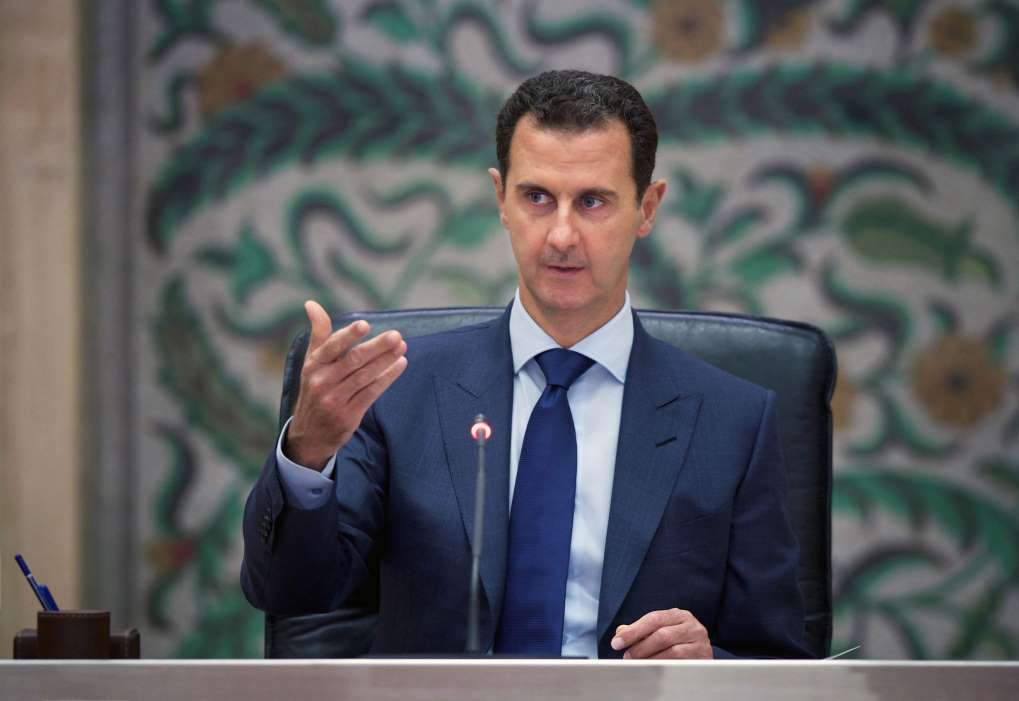March 9, 2012
If the list of national co-chairs released by US President Barack Obama's re-election campaign is anything to go by, the Indian-American community punches far above its weight in US politics, or at least in the Democratic Party.
March 9, 2012
If the list of national co-chairs released by US President Barack Obama's re-election campaign is anything to go by, the Indian-American community punches far above its weight in US politics, or at least in the Democratic Party.
Among the 35 co-chairs are three Indian-Americans: Kalpen Modi, 34, a popular actor better known as Kal Penn, Kamala Harris, 47, the Indian-American attorney general of California and a rising star in the Democratic Party, and Sai Iyer, in his early 20s, a student at Virginia Commonwealth University. They are expected to play an integral role in Obama's campaign.
Ami Bera, 45, a Democrat reported to have a strong chance of being elected to the House of Represe- ntatives from the Sacramento area of California this November, does not view the high proportion of Indian-American co-chairs as an aberration. Says Bera, whose parents came to the US from Gujarat in the late 1950s, "The community is just 1 per cent of the population, but it's one of the most affluent groups in America."
"This shows the president's affinity and deeper relationship with the Indian-American community compared to past presidents," says Anurag Varma, vice-president of the Washington-based Indian American Leadership Initiative, a group that works to help Indian-American Democrats in election campaigns.
Modi and Harris have longstanding ties to Obama. Both were very visible campaigners for the president in the 2008 primaries and election. As for Iyer, Dave Kumar, national director and co-founder of the group South Asians for Obama, says the initial reaction was, "Who's that?" But it's not unusual for presidential campaigns to include students to target the youth vote. Iyer was chosen for his volunteer grassroots-level work supporting Obama since the 2008 election.
The choice of Modi, Harris and Iyer is not only to appeal to Indian- Americans. As Kumar points out, they were chosen to appeal to broader constituencies, reflecting the growing participation and influence of Indian-Americans in the political process.
The most high-profile examples of the Indian-American community's political success, however, happen to be Republicans-Bobby Jindal and Nikki Haley, governors of Louisiana and South Carolina. But Obama's supporters argue they won't be able to peel away much Indian-American support. Toby Chaudhuri, a Democratic strategist who works closely with the Obama administration, says, "As born-again Christians, Jindal and Haley could corner the Mother Teresa vote, but Mahatma Gandhi would have voted against them on principle." The community has traditionally voted Democrat, and did so in 2008 too.
Given the state of the US economy, Obama will have his task cut out as he asks Americans for four more years. Even Bera says, "Many Indian-Americans wish he had focused on the economy more strongly to get things running. And I think there's a fondness for Clintons and how they approached India." Bera is viewed as one of the candidates most likely to win his race. Two others-Republican Ricky Gill and Democrat Raja Krishnamoorthi-are vying for a seat in Congress, and Jindal and Haley's names are sure to figure in media speculation as potential picks for vice-president by the eventual Republican nominee. 2012 is set to shape up as another banner year for Indian-Americans in the US political arena.
Courtesy: indiatoday















































































































